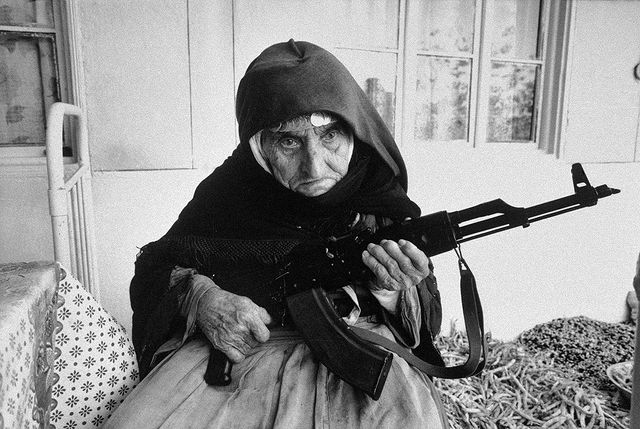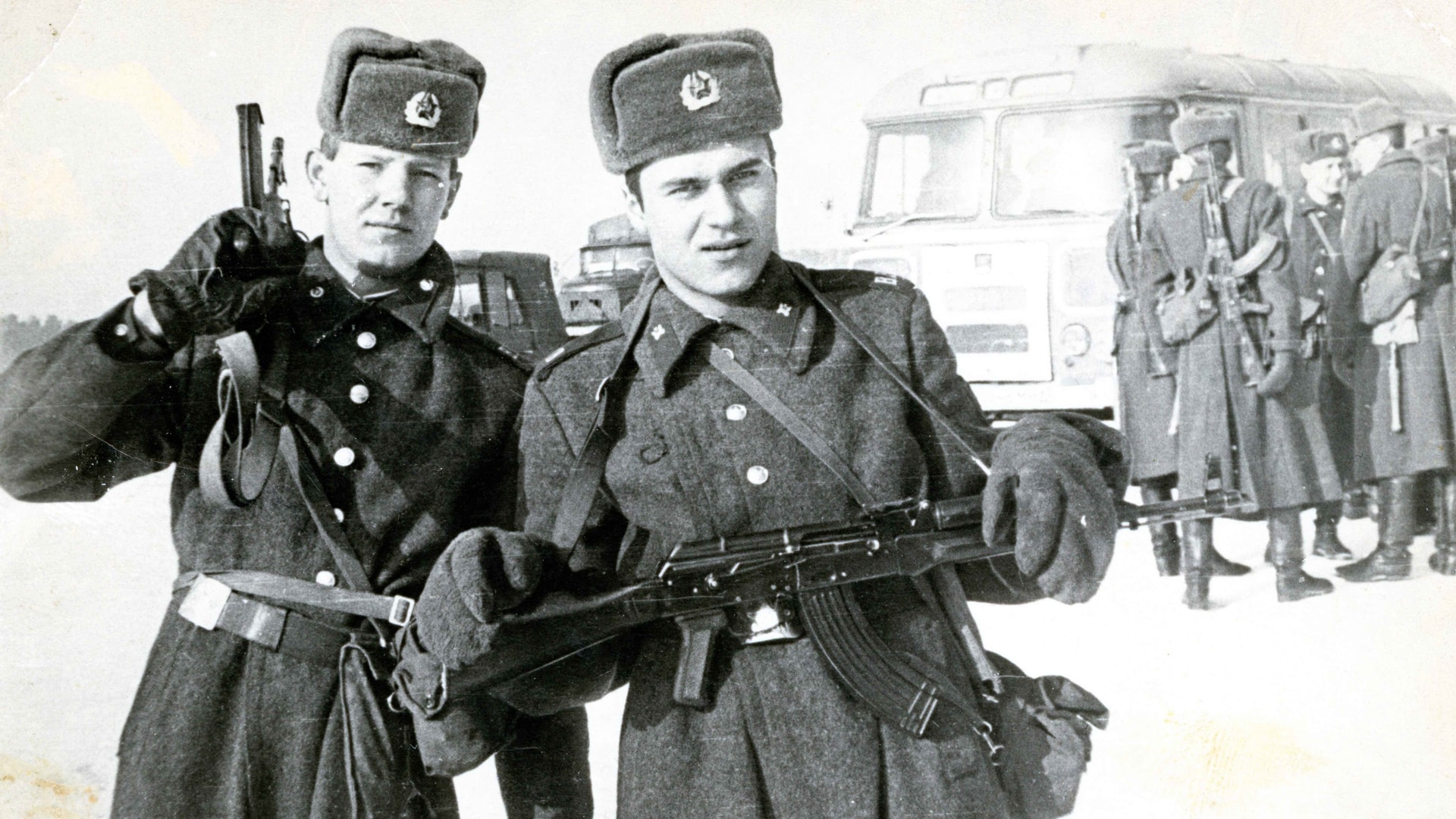A 106-Year-Old Armenian Woman Guards Her Home With An Akm Rifle
Patriotism is all about loving your country deeply and showing it through your actions. It’s about feeling proud of where you come from and being ready to defend it when needed. Take the 106-year-old Armenian woman, for example. She’s guarding her home with an AKM rifle that shows her strong commitment to keeping her homeland safe.
The story of a 106-year-old woman protecting her home

In the village of Degh, near the city of Goris in southern Armenia, there was a remarkable 106-year-old woman. She was found sitting in front of her home, holding an AKM rifle to guard against anyone that she believed to be a threat. Why did she do that? In fact, at that time, an armed conflict in and around Nagorno-Karabakh, a disputed territory claimed by Armenia, had heightened tensions. This led to the displacement of hundreds of thousands of people from their homes.
The tough elderly woman above had experienced numerous conflicts throughout her lifetime. As a child of around 10 years old, she likely witnessed the harrowing events of the Hamidian massacres from 1894 to 1896. When she turned 30, she went through the second wave of Armenian massacres at the hands of the Ottoman government from 1915 to 1923. Just a few years later, Armenia faced further turmoil with the invasion by the Turks that added to the challenges she had already endured.

The gun the elderly Armenian lady was carrying is not an AK-47 or AK-74; it’s an AKM. You can tell by certain features: the gas block is slanted, unlike an AK-74’s, and the magazine is curved to accept the 7.62x39mm round, not the 5.45x39mm round that the AK-74 fires. Additionally, the muzzle brake is of the AKM design, not the one used on the AK-74.
Introduced into service with the Soviet Army in 1959, the AKM stands as the predominant variant of the AK series of firearms. Its widespread use extends to most member states of the former Warsaw Pact and its African and Asian allies. Additionally, it has become a popular choice for exploration and production in many other countries across the globe.
Look back on historical background

Only a few short years after Armenia was invaded by the Turks, the war ended with Armenia finding itself absorbed into the Soviet Union. This period of history was marked by hardship and violence. Eventually, as the elderly lady neared the end of her life, Armenia became involved in a very bloody conflict with its neighboring country, Azerbaijan.
In the 1920s, the Soviet government established the Nagorno-Karabakh Autonomous Region inside Azerbaijan territory. This region was predominantly inhabited by Armenians, and conflicts between the two nations were kept under control. However, as the Soviet Union began to collapse, its influence over Armenia and Azerbaijan weakened, leading to a breakdown in control.
In 1988, the conflict between Armenia and Azerbaijan erupted when the Nagorno-Karabakh legislature decided to join Armenia, despite the region’s legal status within Azerbaijan’s borders. As the Soviet Union dissolved in 1991, Nagorno-Karabakh declared independence, sparking a full-scale war that resulted in approximately 30,000 casualties and hundreds of thousands of refugees.
By 1993, Armenia gained control over Nagorno-Karabakh and occupied 20 percent of the surrounding Azerbaijani territory. In 1994, Russia brokered a cease-fire, which has remained in place since then. The conflict has led to the displacement of around 230,000 Armenians from Azerbaijan and 800,000 Azerbaijanis from Armenia and Karabakh.

